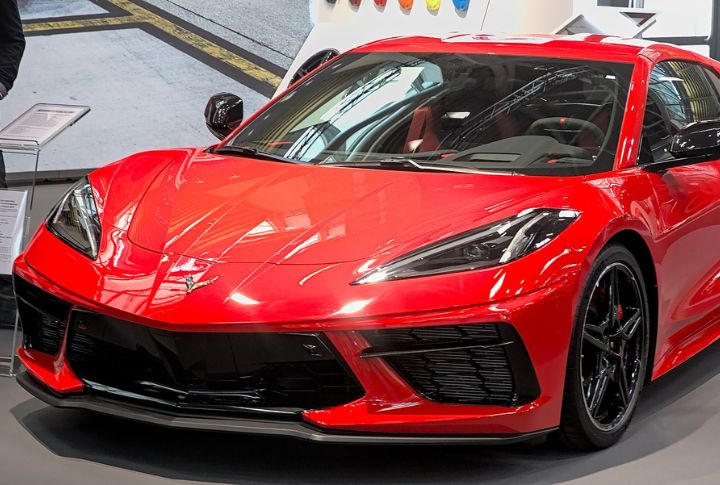
For over 70 years, Chevrolet Corvette has been synonymous with American muscle and head-turning design. Manufactured in 1953 to meet the needs of those who wanted an affordable American two-seater, this vehicle has been steadily moving upmarket. And now, with the eighth generation available, there are some interesting facts you probably didn’t know about this car, but you should.
A Naval Inspiration
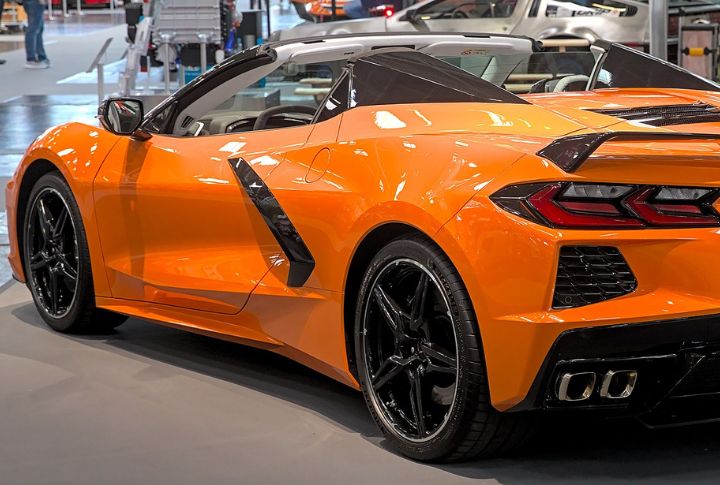
The Corvette’s name might surprise you. It wasn’t chosen through a flashy marketing campaign but rather a nod to a small, maneuverable, Flower-class World War II warship. Legend has it that designer Harley Earl came across a Corvette during his travels and was struck by the vessel’s skill and agility – qualities he envisioned replicating in his American sports car.
An American Response to European Dominance

Before the Corvette, European automakers ruled the sports car scene. Harley Earl and other American designers felt it was time for the US to enter the ring. The Corvette was designed to be a powerful, stylish alternative, offering American muscle and innovation to compete with Ferrari and Jaguar.
A Hasty Debut
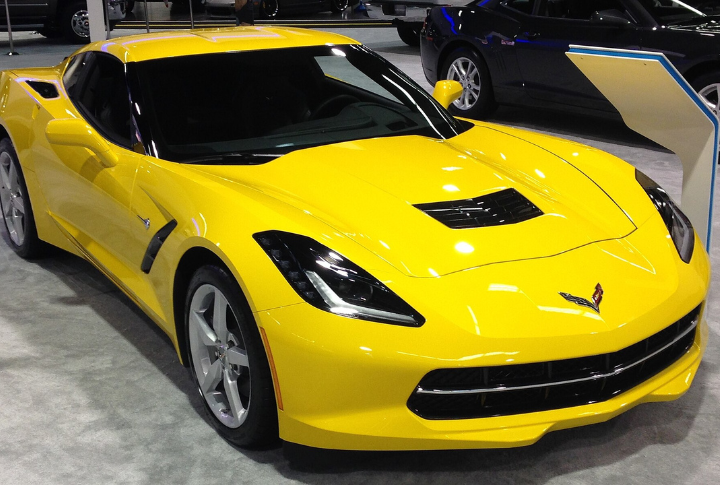
The General Motors Motorama auto show wasn’t a traditional car launchpad. Held at the Waldorf-Astoria Hotel in New York City, it was more of a futuristic showcase for GM’s design concepts. However, the Corvette’s reception was so overwhelmingly positive that Chevrolet rushed the car into production, making its official debut just a few months later.
Fiberglass Body
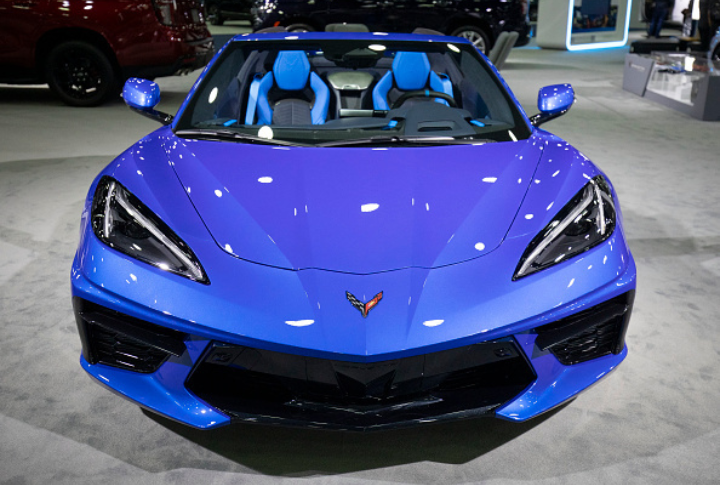
In 1953, steel was the dominant material, but Chevrolet took a bold leap by crafting the Corvette’s body out of fiberglass. This innovative approach offered a lighter weight for improved performance, greater design flexibility for curves, and enhanced corrosion resistance. The success of the Corvette paved the way for the broader adoption of fiberglass in car manufacturing.
Hand-Crafted Beginnings
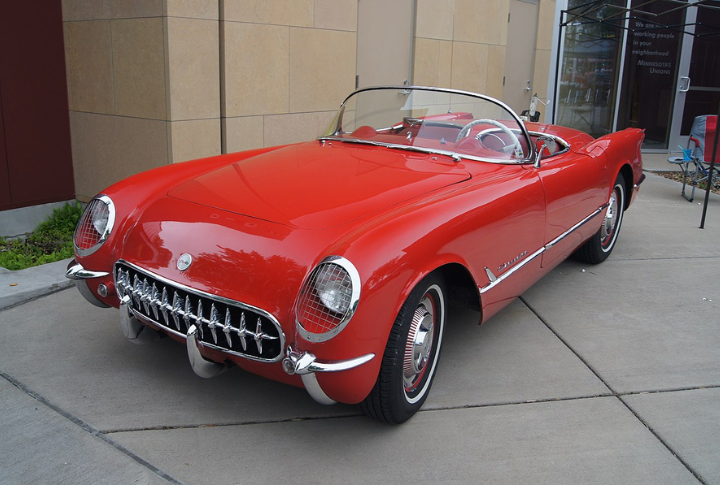
The first generation of Corvettes was entirely built by hand. This hands-on approach ensured meticulous attention to detail and quality control during early production runs. Only 300 vehicles were made, all in a Polo White color with red interiors and a black top. These cars had interior door handles, but the exterior ones were missing.
An Affordable Alternative
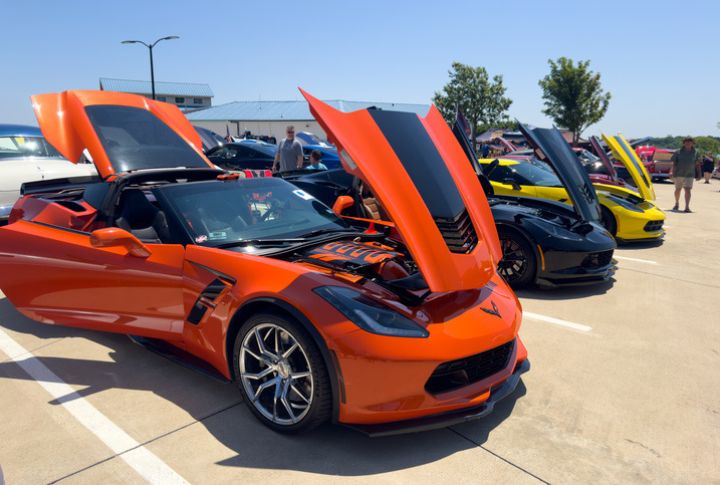
Unlike many European sports cars, the Corvette was a more attainable dream for American drivers. Compared to its high-priced competitors, the Corvette offered impressive performance at a relatively accessible price point. This strategic pricing made the Corvette an aspirational car for a wider audience, solidifying its status as America’s sports car.
The Curious Case of the Corvette’s Logo
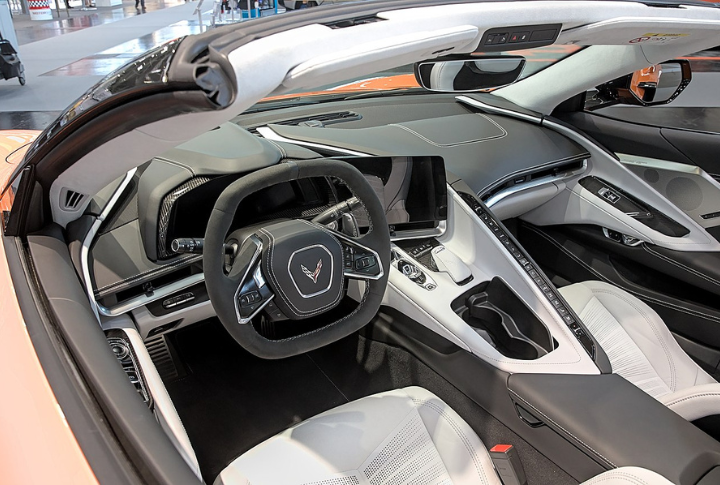
The very first Corvette logo wouldn’t survive the test of time. It featured a checkered flag intertwined with the American flag, a design considered illegal. According to law, the American flag shouldn’t be used for marketing purposes, so Chevrolet chose the fleur de lis flag.
A Subtle Shift In Branding

Corvette enthusiasts have a keen eye for detail, and a minor name change in the 1960s might have caught their attention. The iconic Sting Ray model, introduced in 1963, originally sported a space between the two words to refer to the second generation of Corvettes. However, for the 1969 model year, Chevrolet opted for a single word – Stingray.
The Split-Window Enigma
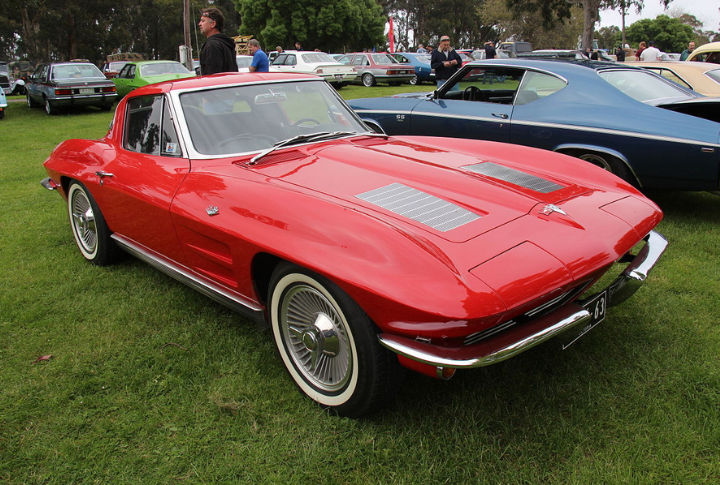
Chevrolet’s fans hold a special place in their hearts for the 1963 Stingray model, known for its distinctive split-rear window. This quirky design only lasted one year but was quickly discarded due to rear visibility challenges. Today, these split-window Corvettes are highly sought-after collector’s items.
Early Corvette’s Inspiration
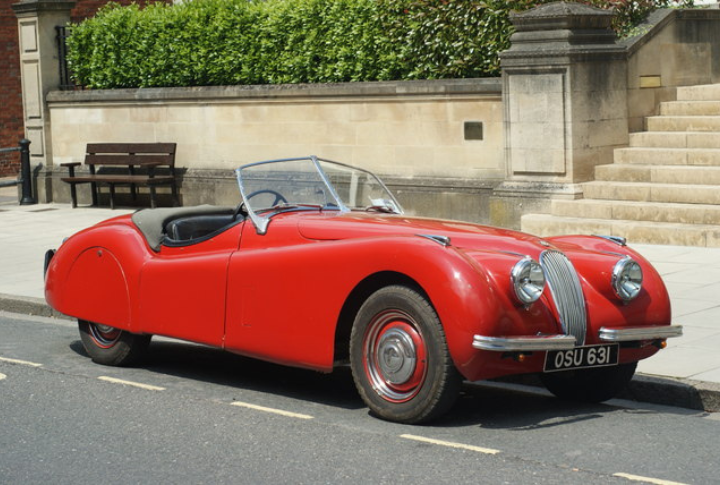
It’s hard not to notice the similarities between the earlier models of Corvettes and the Jaguar XK120, a sleek and powerful British sports car that dominated the scene in the late 1940s. The Corvette’s designers likely incorporated some design cues from the Jaguar, particularly in the overall silhouette and long hood.
The Pioneering Panoramic Windshield

Corvette owners were the first to be introduced to an immersive driving experience. The first Corvettes featured a wraparound windshield stretching across a wider portion of the roofline. This windshield provided an unparalleled panoramic view for the driver and passenger, making every journey feel even more exhilarating, but it was discontinued in 1962.
Surprisingly Speedy Backups

Most 1960s models were known for having a remarkably high top speed in reverse—sometimes clocking in at over 50 miles per hour. While not necessarily intended for daily driving, this feature certainly adds a unique and unexpected detail to the Corvette’s experience.
The Brief Hiatus of the Manual Transmission

For Corvette die-hard fans, the absence of a manual transmission might seem unthinkable. However, from 1982 to 1984, this car was solely available with an automatic transmission. Market trends and consumer preferences likely influenced this decision at the time. Thankfully, the manual transmission made its glorious return in 1985, much to the delight of driving enthusiasts.
Corvette’s Trunk Transformation
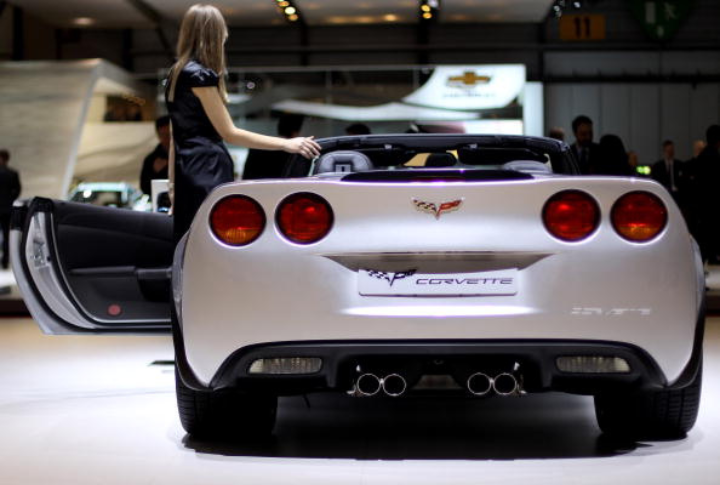
The Corvette’s trunk space might not be its most celebrated feature, but its evolution reflects design considerations. Early models offered a relatively small trunk due to the engine and spare tire placement. Later, Corvettes incorporated clever solutions like hidden compartments and relocatable components to maximize cargo space.
A Pioneering Entry System
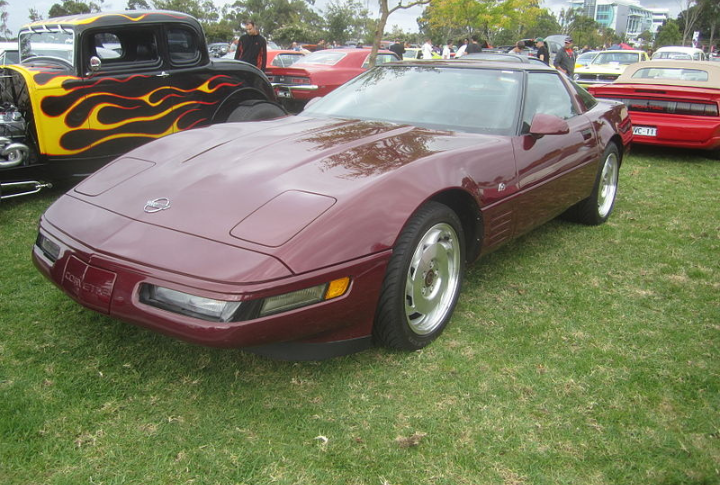
In what seemed like magic, 1993 Corvette owners could instantly approach the vehicle and have the doors unlocked. General Motors used a coded sensor in the key fob that communicated with the car for a passive keyless system. However, the key was still needed to start the engine.
